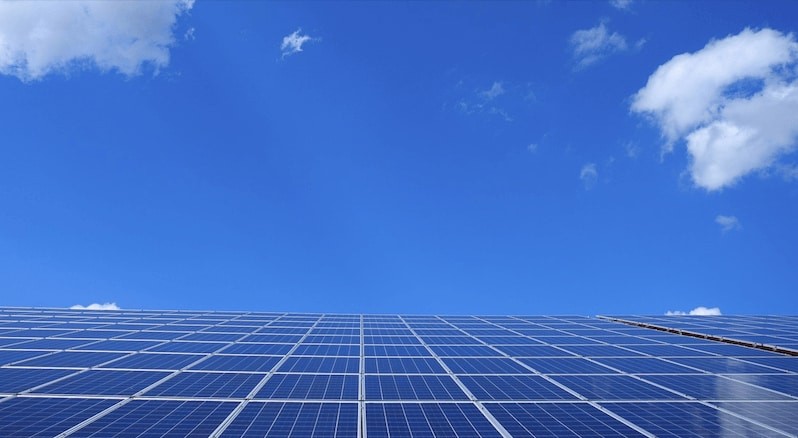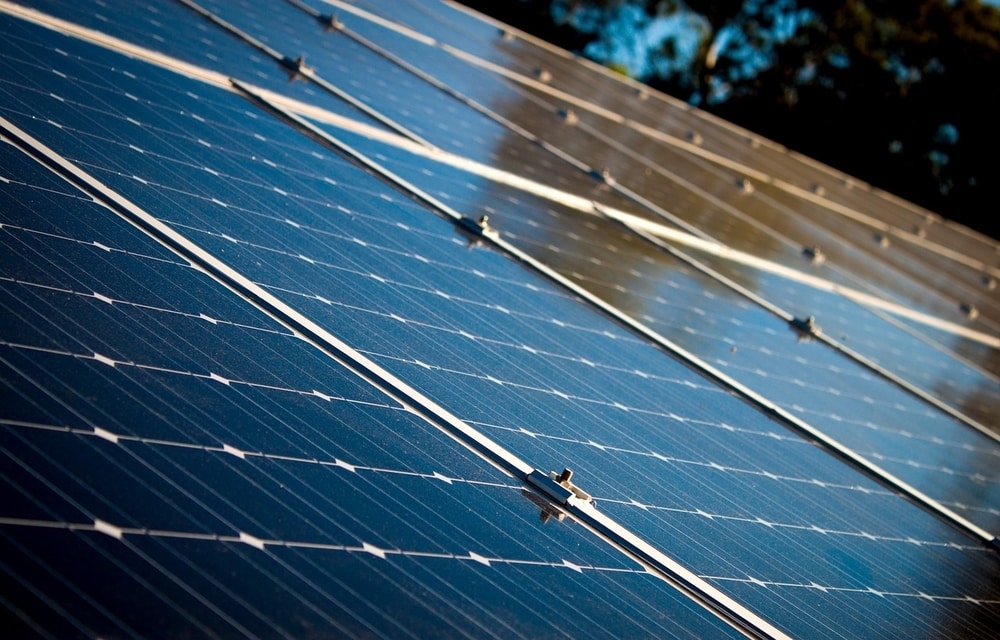BLOG
How Do Solar Panels Work?

Whether you’re looking to invest in a solar systems or you’ve already made the leap, you’ve probably wondered about the finer points of how solar panels actually work.
Here’s our breakdown of what’s happening on your rooftop, and where PV technology could take us in the future.
How do PV panels work?
In short, photovoltaic solar panels work by absorbing sunlight and converting it into electricity. Composed of silicon cells interconnected to form a circuit, they can be built in different sizes and styles to suit a variety of end uses. For example, a panel for a commercial-scale system may incorporate more cells than a panel for residential use.
Many people don’t realise that it’s light from the sun, rather than heat, that solar systems receive energy from. Sunlight is composed of photon particles, which release electrons when they hit a panel’s silicon cells.
Once released, the electrons dart around and, assisted by an electric field, generate energy. They proceed to move through the panel and along the solar system’s ‘string’, which bridges the individual panels in the array.
Finally, the electrons arrive at the system’s solar inverter. This is a key part of the system, because panels convert sunlight into low-voltage DC (direct current), and most buildings are wired for higher-voltage AC (alternating current) electricity. Therefore, in order for us to use the energy generated by the panels, it’s essential that the electricity passes through an inverter, which adapts the voltage from the panels.
The power can then be directed in one of two ways. It can be fed into the grid, resulting in a utility credit for the owner, or stored in a solar battery storage system such as the Tesla Powerpack.
What’s does the future of solar panels look like?
Advances in solar technology is an ongoing process, and essential if we hope to take full advantage of the energy available to us from the sun. The cells we currently use convert around 15-19% of the energy in sunlight into electricity, so there is clear potential for development.
A key direction in research is the development of materials for cheaper and more efficient solar panel manufacturing. Currently, cells are constructed with a layer of semiconducting silicon, and this needs to be around 200 micrometers thick for efficient light absorption. Other materials are more effective at absorbing light, and so could be used in much thinner layers. Potentially, these could be manufactured at a lower cost than silicon, meaning more panels could be created and utilised.
Printable PV technology is one possible application of innovations in PV materials, enabling rapid and ultra-cheap solar cell manufacturing. A research team at the University of Newcastle have developed a printable PV that’s near ready for commercial use. Of course, manufacturing costs are only one part of the story, as these do not account for cost per kilowatt-hour across the lifespan of solar system.

With a projected lifespan of 1-2 years, these cells have very low longevity, but this is balanced by their low cost of manufacturing and installation. To be truly efficient, they will also need to be recyclable, which at this point appears to be a possibility.
Alongside innovations in materials, solar panel design is another potential area for improvement. Currently, most panels are stationary, which means they miss light that could be captured if they moved with the sun. Making cells more compact would enable more cells to be packed into smaller spaces.
What does this mean for me?
As a means of generating power, PV panels aren’t going anywhere. However, it will be some time before these advances become commonplace, and you shouldn’t wait to invest in solar panels if you want to reap the benefits of solar power for business.
When setting up commercial solar, it remains worthwhile to go for premium solar panels and skip the cheaper options on the market, as these are generally of lesser quality. Premium panels are constructed with higher quality silicon, which minimises the likelihood of microscale cracking. They also tend to have more consistency between cells, enabling smoother electricity generation. This all adds up to better efficiency and lifespan than you’d get with cheaper panels, and ultimately better value for money.
To discuss your needs and find out more about commercial solar panels, contact the friendly team at Cherry Energy Solutions today.
LATEST ARTICLES
